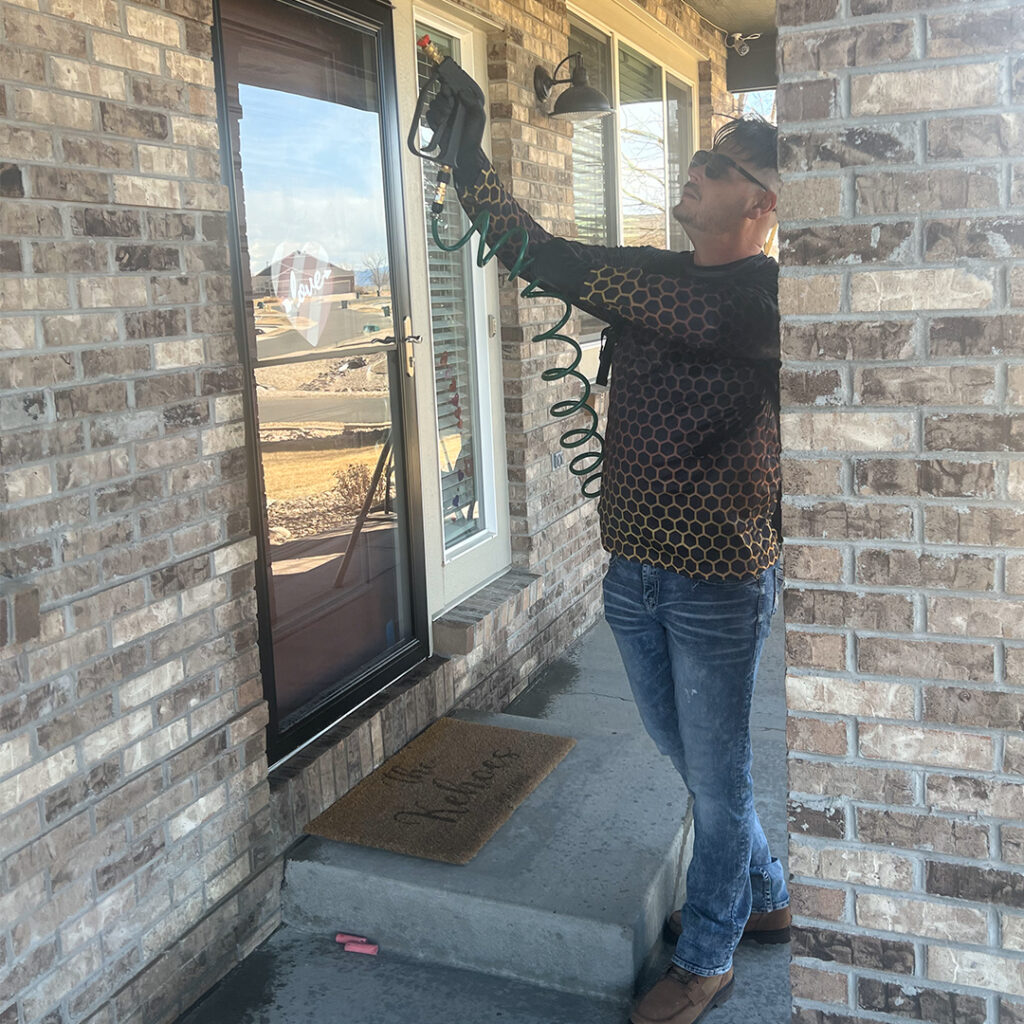All living creatures need food to survive, including unwanted visitors like cockroaches, ants, rodents, and other pests. When you don’t store your food correctly, you’re basically sending an invitation to these unwelcome guests. This not only leads to food waste but can also create health risks for you and your family.
Below, we’ll talk about the importance of proper food storage and how it can keep pest infestations to a minimum.

Why Your Food Storage Methods Matter
Pests contaminate food. Cockroaches can carry bacteria like E. coli and Salmonella. Rodents leave behind droppings that contaminate surfaces and food. Flies spread foodborne illnesses. And those tiny pantry pests like beetles and moths? They can even breed inside food products, leaving behind eggs, larvae, and body parts.
Know Your Enemy: Common Food-Loving Pests
Different pests target different foods, so understanding what you’re up against helps in prevention:
- Rodents: Rats and mice chew through packaging and contaminate food with urine and feces
- Insects: Ants seek sweet foods, while cockroaches eat almost anything including starch, sugar, and grease
- Flies: Attracted to ripening fruits and vegetables
- Pantry Pests: Moths and beetles that infest grains, cereals, rice, pasta, and other dry goods
The Right Containers Make All the Difference
The containers you use create your first line of defense against hungry pests:
- Airtight Containers: Transfer flour, rice, pasta, cereals, and other dry goods into containers with tight-fitting lids right after purchase
- Glass, Metal, or Heavy-Duty Plastic: Use containers pests can’t chew through
- Self-Sealing Bags: Helpful for temporary storage, but not as reliable as rigid containers
- Repackaging: Move items from their original store packaging (which pests can often chew through) into more secure containers
You can spend years battling pantry moths only to realize that you could’ve solved this problem a long time ago simply by transferring dry goods into glass jars.
Where You Store Food Matters as Much as How
The location of your food storage affects how attractive it is to pests:
- Cool and Dry Spots: Most pests prefer warm, moist environments, so keep food in cooler, drier areas
- High Shelves: Store food up off the floor – this makes it harder for pests to reach and helps you spot activity more easily
- Rotate Regularly: Use the “first in, first out” rule so food doesn’t sit long enough to attract pests
Clean Like You Mean It
Cleanliness stands as your strongest weapon against pest invaders:
- Regular Cleaning: Wipe down counters, floors, and shelves frequently to remove even tiny food particles
- Immediate Cleanup: Deal with spills right away – that drop of juice or crumb of bread calls to pests
- Deep Clean Hard-to-Reach Areas: Don’t forget under appliances and inside cabinets where crumbs hide
- Trash Management: Empty garbage often and keep bins clean and tightly covered
- Sink Filters: Clean these regularly as food residue builds up here
Watch for Warning Signs
Early detection is the best form of pest proofing, preventing a small problem from becoming an infestation:
- Gnaw Marks: Small holes or tears in packaging suggest rodents
- Webbing: Silky webs in food packages often indicate moth infestations
- Tiny Beetles: Small brown or black insects in grains or flour
- Droppings: Small pellets near food storage areas point to rodents
- Shed Skins: Cockroaches leave these behind as they grow
- Strange Odors: Musty or unusual smells can suggest pest activity
Sealing Entry Points
Pests need a way into your home before they can get to your food:
- Cracks and Gaps: Seal these around windows, doors, and foundations
- Damaged Door Sweeps: Replace any that don’t form a tight seal
- Screens: Repair any tears in the window or vent screens
- Pipe Openings: Seal gaps around pipes that enter your home
- Weather Stripping: Apply around doors and windows
What to Do If You Find an Infestation
If you discover pests have already moved in:
- Remove Infested Food: Throw away contaminated items in outdoor trash bins
- Clean Thoroughly: Vacuum and wipe down all shelves and storage areas
- Check Adjacent Items: Inspect nearby food that might also be affected
- Take Preventive Steps: Implement better storage methods going forward
- Consider Professional Help: For serious infestations, call a pest control expert
When to Call the Pros
Some situations call for professional intervention. For example, large infestations, or if you’re still having problems despite your best efforts, you might want to call for expert help.
Final Thoughts
Protecting your food from pests isn’t complicated, but it does require consistency. Simple habits like transferring groceries to proper containers, cleaning regularly, and staying alert to signs of pest activity can save you from the headache of dealing with an infestation.Remember that pests are just looking for food, water, and shelter. With these storage methods and help from a pest expert, you can keep your food safe for you and your family.

